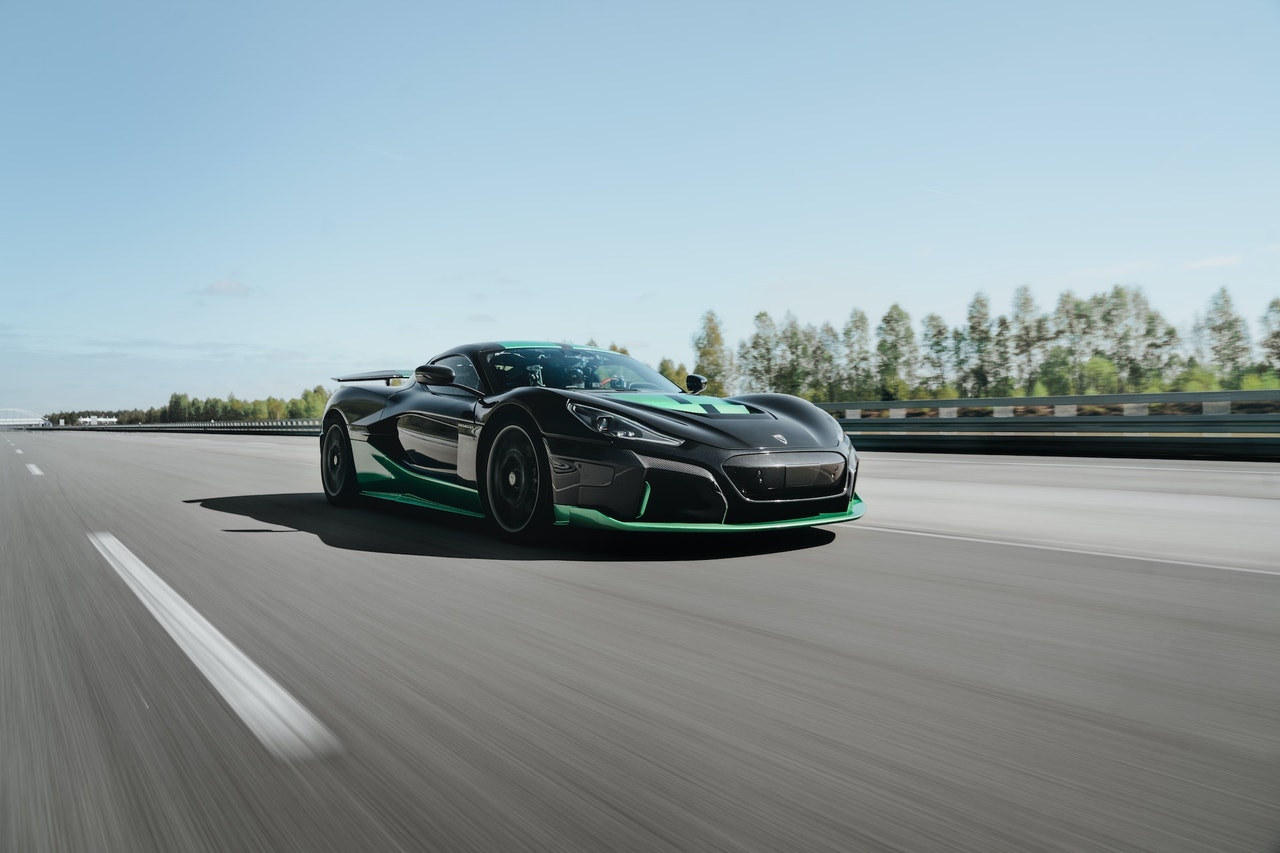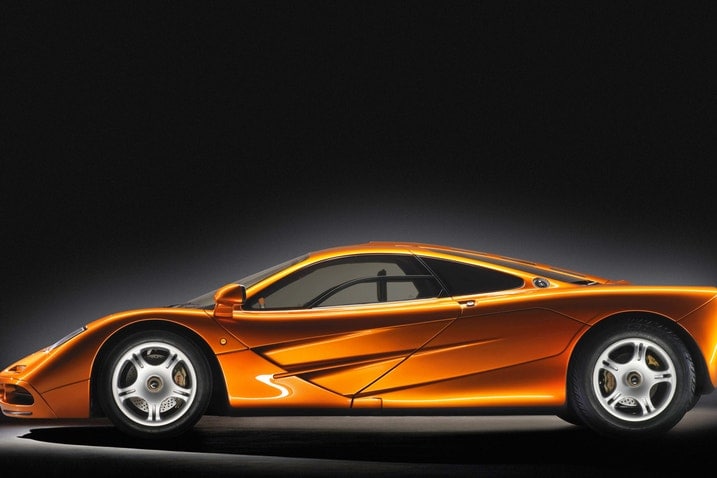- The Rimac Nevera set 23 speed records in one day while testing in Germany.
- Among the new records, the Nevera needed only 1.74 seconds to accelerate from 0 to 60 mph.
- The Nevera also streaked from 0 to 249 to 0 mph in 29.93 seconds, beating the previous title holder the hybrid-powered Koenigsegg Regera.
Rimac Nevera Electric Hypercar Sets 23 Speed Records in One Day
Among its speed records, the 1,914-horsepower Nevera rocketed from 0 to 60 mph in 1.74 seconds
There is fast, and then there's Rimac Nevera fast. With 1,914 horsepower and all-wheel drive, this Croatian-designed and engineered electric hypercar recently set a total of 23 speed records during a single day of testing at the Automotive Testing Papenburg facility in Germany. This massive track includes two straights that measure in at 2.49 miles for high-speed testing purposes.
Among the nearly two dozen records set by the Nevera, some of the most notable — if not entirely relatable, at least for those of us living in the normal automotive universe — include a 0-60 mph time of 1.74 seconds, a 0 to 249 to 0 mph time just under 30 seconds and a quarter-mile time of 8.25 seconds. That outrageous acceleration run to 249 mph and back was enough beat the previous title holder, the Swedish-built Koenigsegg Regera, by more than one second.
Upon completing its busy day of record breaking, Rimac's founder, Mate Rimac, provided some supercar/hypercar historical perspective for the Nevera's achievements. "Today, I am proud to say that the car we've created can get to 400 kmh (249 mph) and back to 0 in less time than it took the McLaren F1 to accelerate up to 350 kmh (217 mph). And not only that, but it can do it again and again, breaking every other performance record in the process. If you had a Nevera and access to a track, you could do it too."
For those not familiar with the McLaren F1, it was a three-passenger supercar from the '90s built with help from the McLaren Formula One team. With its naturally aspirated 618-hp BMW V12 engine, the F1 became the world's fastest car in 1998 thanks to its recorded top speed of 242 mph. Now considered one of the world's most valuable cars, a McLaren F1 sold at auction for more than $20 million in 2021.
That makes the Nevera a relative bargain, considering its price is estimated to be in the neighborhood of $2.2 million. It will be far more popular too, at least compared to Rimac's previous production cars. The company's first model, the Concept_One that was introduced in 2016, resulted in eight examples being built. As for the Nevera, Rimac plans on building a total of 150.
The specs alone put the Nevera on another automotive planet. It has four electric motors (designed in-house by Rimac), one powering each wheel, and a 120-kWh battery pack to provide the juice needed for this level of performance. Lending a helping hand is an Nvidia Pegasus-based supercomputer that works with Rimac-designed electronic control units in what the company calls All-Wheel Torque Vectoring 2. In other words, it's a high-tech means of keeping this outrageous car's power under control using the smartest of electronic brainpower. It's a genuine modern marvel, and while we'd love the F1's V12 soundtrack ringing in our ears, doing 250 mph in relatively silence sounds pretty cool too.
Edmunds says
Short of pushing a car off the edge of the Grand Canyon, it's hard to fathom a machine that can accelerate faster than the Rimac Nevera. This $2.2 million supercar has raised the bar for rivals from Koenigsegg to McLaren, Ferrari and even Tesla.







 by
by